Reel Recommendations: Cinema is Dreaming
You move into the auditorium and take your seat, the room darkens and the functional versions of reality you carry every day like a chain of weights, the kind you never find the time to question let alone leave behind, begin to recede – you become light. Overhead a projected beam illuminates the screen and the film begins. It is a ritual that parallels our nocturnal drift into the unconscious: we close our eyes – into the darkness of the auditorium – and, gradually losing consciousness, are ushered into the space of dreams: the film begins.
Cinema is a space for communal dreaming; one of the few architectural relics of myth, magic and transcendence that remain in an otherwise fracturing economics of individualism, dislocation and the vast chaos and inequality of a world too busy – with the ‘reality’ of late and later-stage Capitalism – to save itself. Cinema is not immune to those forces, the constricting logic of deifying economics controls and alters much of the ‘content’ we consume, and yet ‘the cinema’ as a physical space and lived experience still holds (at least in the optimistic romanticism of this writer’s opinion) the potential for a communal resistance to such logic. What better way to resist the ‘working’ logic of capital than with the ‘playing’ logic of dreams?
In celebration of Tyneside Cinema’s new season ‘Dream Logic’, Reel Recommendations has decided to offer a historic journey through a century of cinema (starting later than the earliest origins of the medium, beginning instead in 1910 and travelling through to 2020) in pursuit of a fevered map of filmic dreams and dreamy films. Imagine yourself striding through the oneiric ages: a cinematic sleepwalker, dreaming with eyes wide open.
We begin in 1911 with the fires of hell (Bertolini’s Dante’s Inferno) into the animated twitch of insects (the wonderfully mad craft of Starewicz) before turning with eerie resurrection, towards the surreal return(ing) of soldiers rising from their graves (Abel Gance’s masterful J’Accuse!). In the 1920s we enter a period of increasing modernist invention across the arts and the prescient origins of Surrealism, those formative dreamers of film…
1910s
Dante’s Inferno (Francesco Bertolini, 1911)
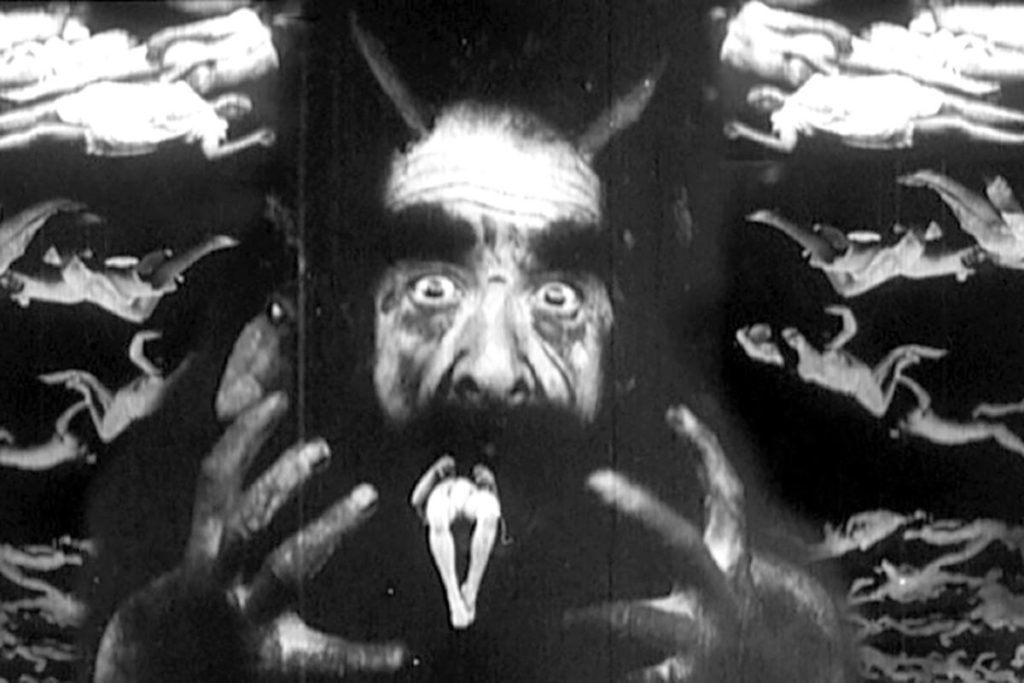
Falling Leaves (Alice Guy Blache, 1912)
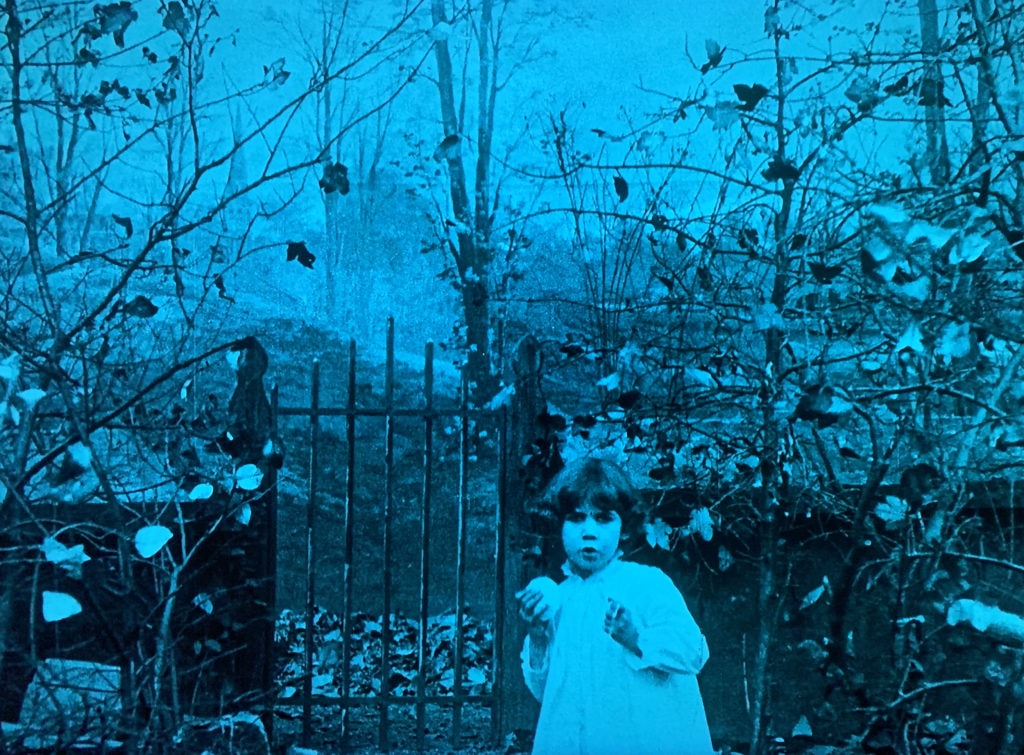
The Conquest of the Pole (George Méliès, 1912)
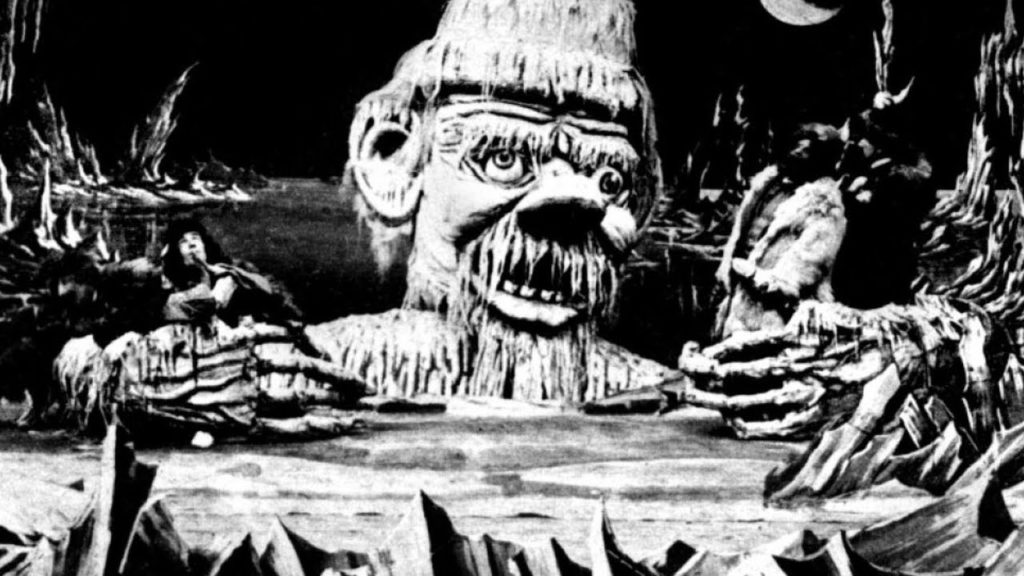
The Cameraman’s Revenge (Wladyslaw Starewicz,1912)
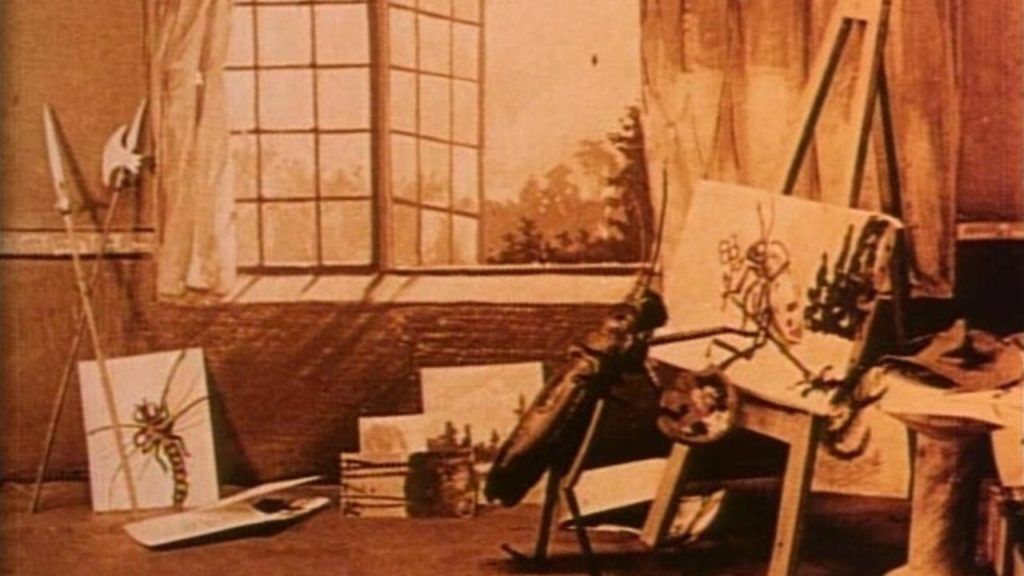
The Night Before Christmas (Wladyslaw Starewicz, 1913)
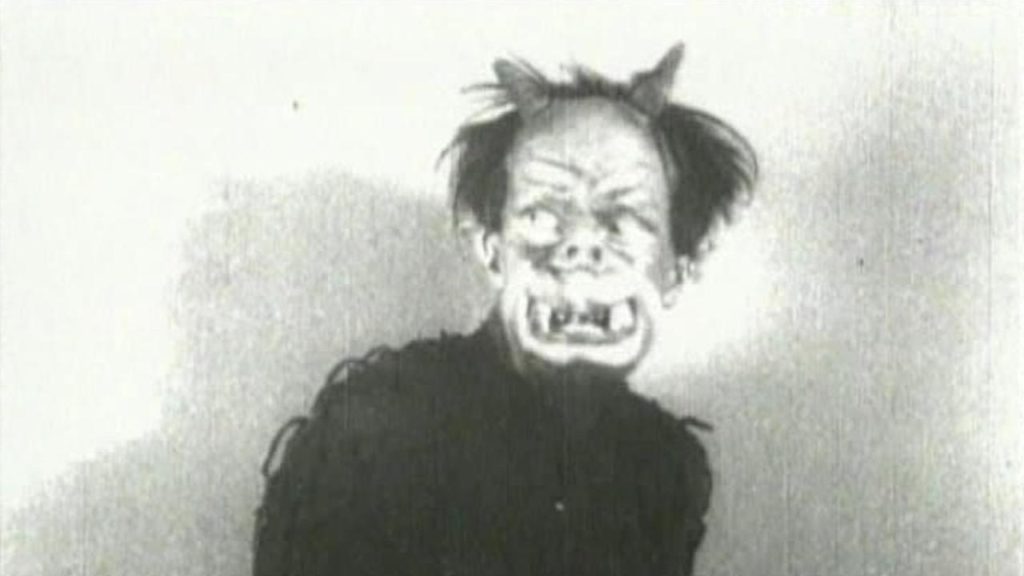
Fantomas (Louis Feuillade, 1913-14)
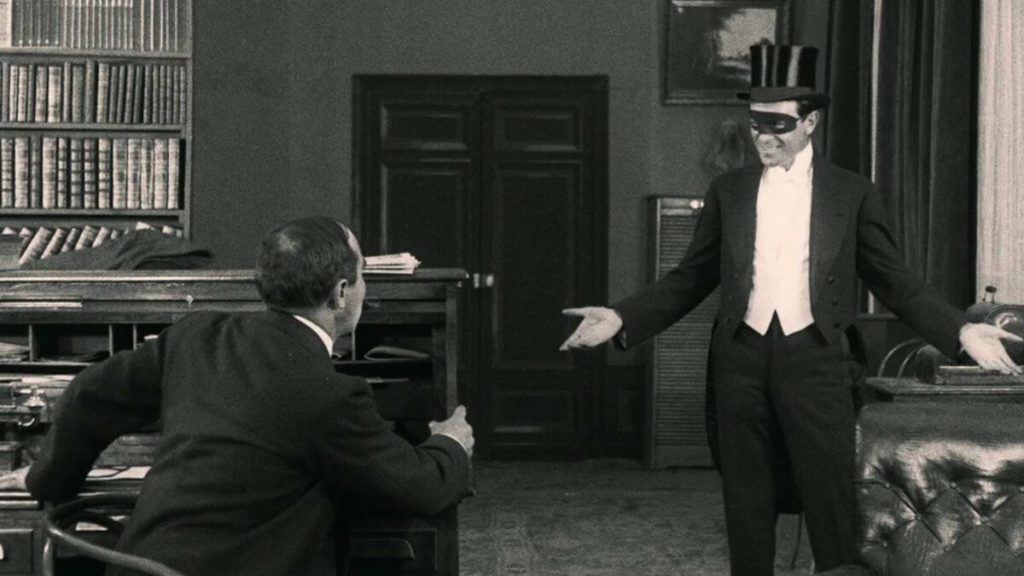
Alice in Wonderland (W.W. Young, 1915)
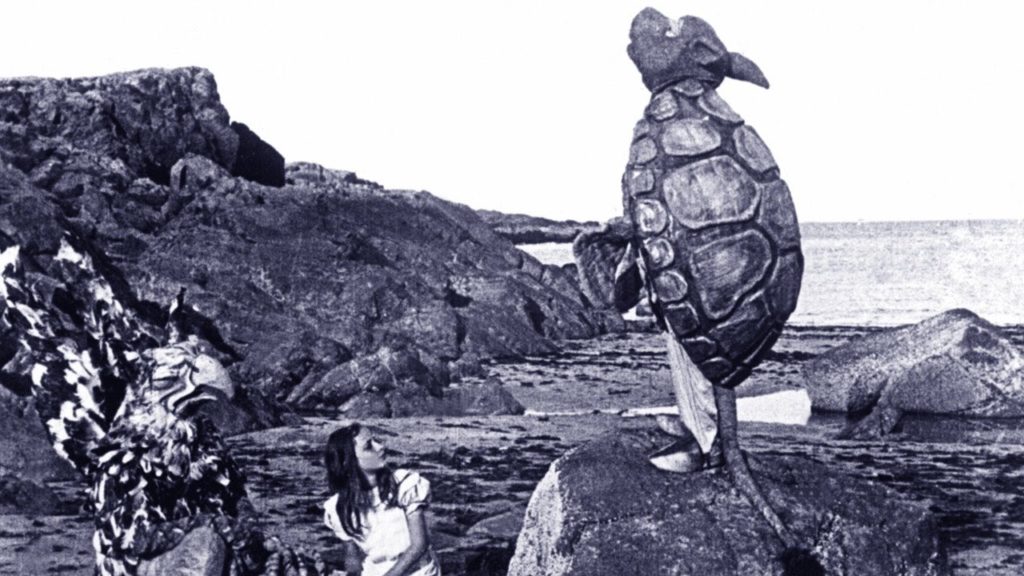
Les Vampires (Louis Feuillade, 1915-16)

Judex (Louis Feuillade, 1916)
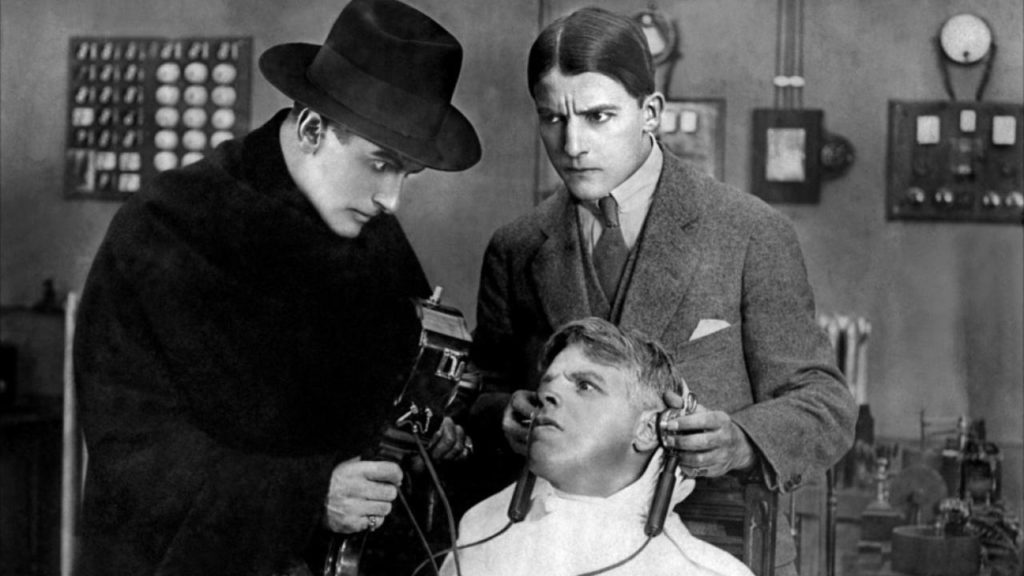
The Dying Swan (Yevgeni Bauer, 1917)
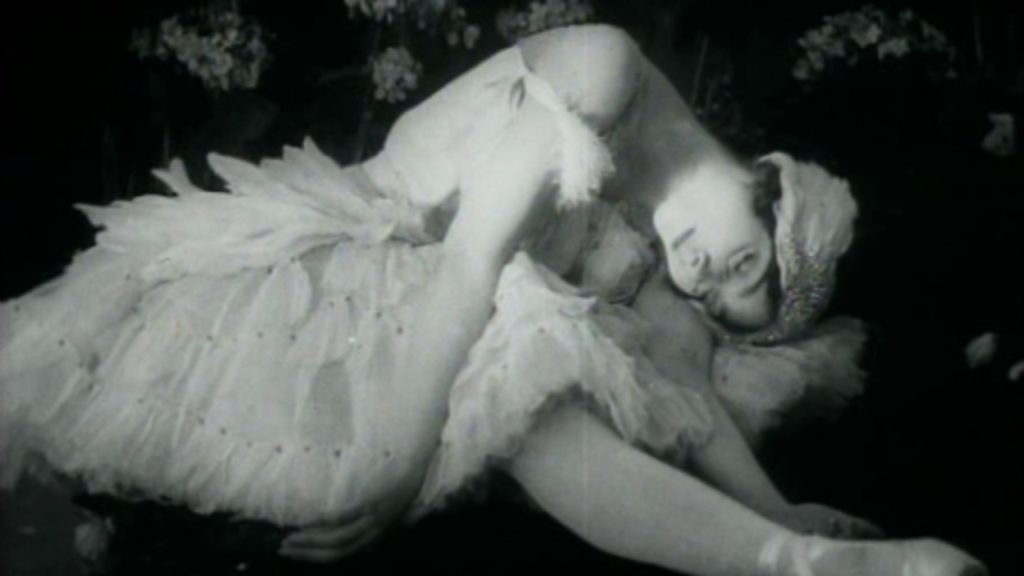
The Blue Bird (Maurice Tourneur, 1918)
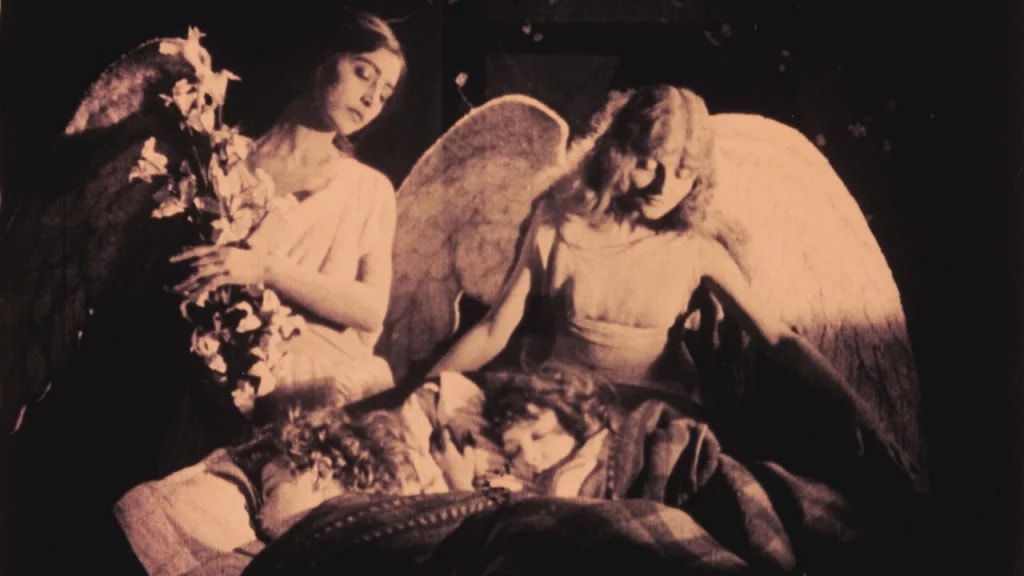
A Trip to Mars (Holger-Madsen, 1918)
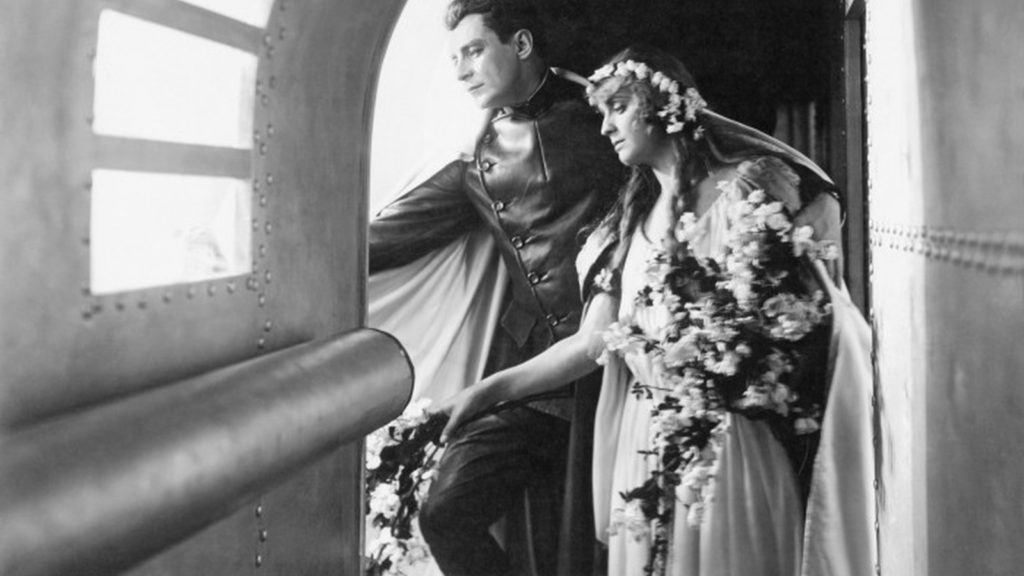
J’accuse! (Abel Gance, 1919)
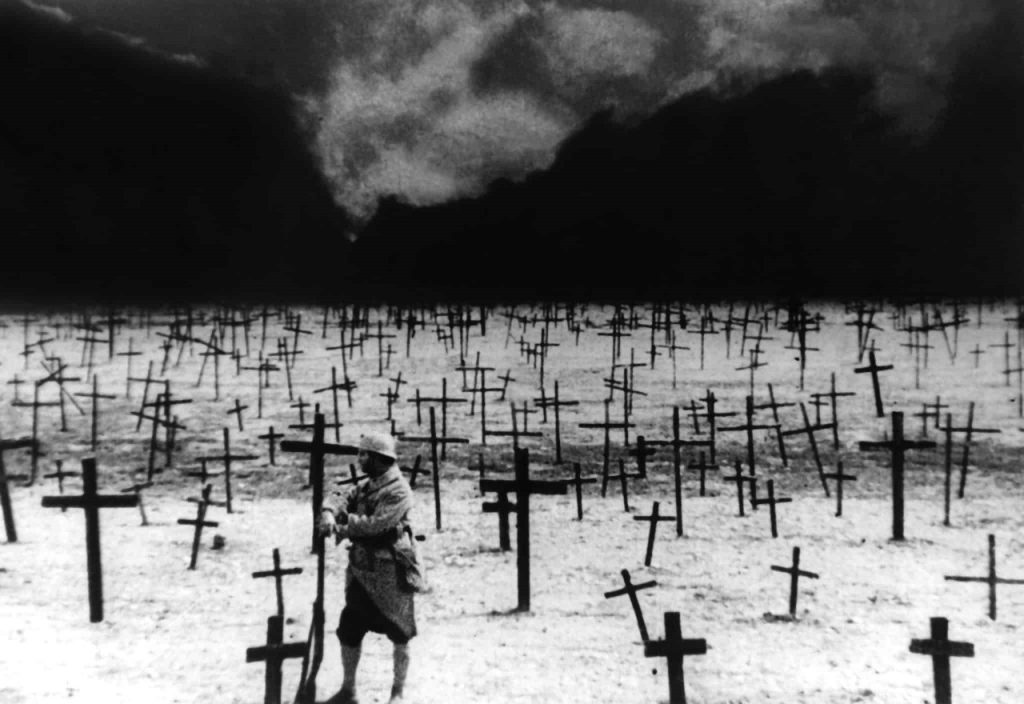
When the Clouds Roll By (Victor Fleming, 1919)
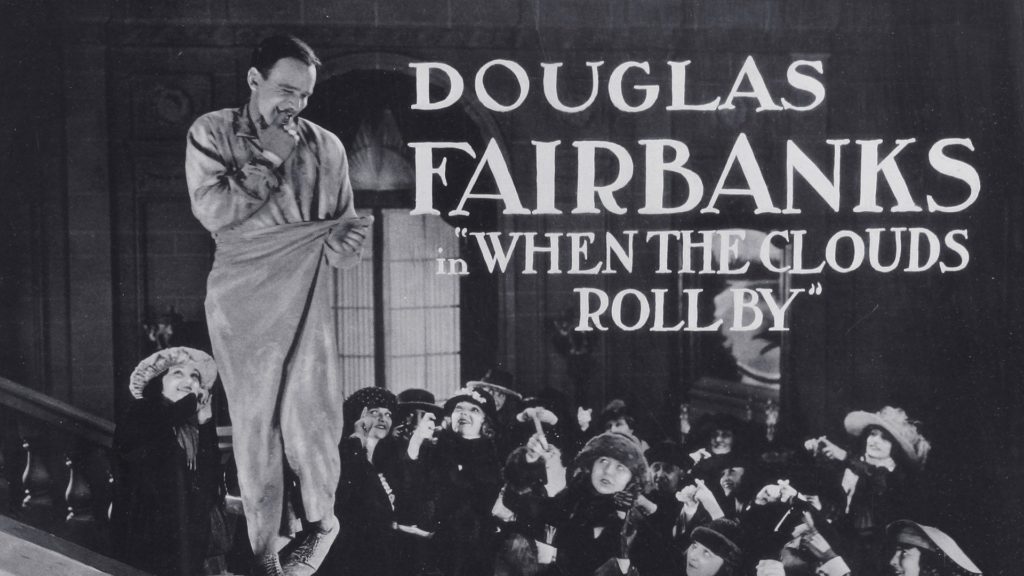
The Doll (Ernst Lubitsch, 1919)

1920s
Der müde Tod (Fritz Lang, 1921)
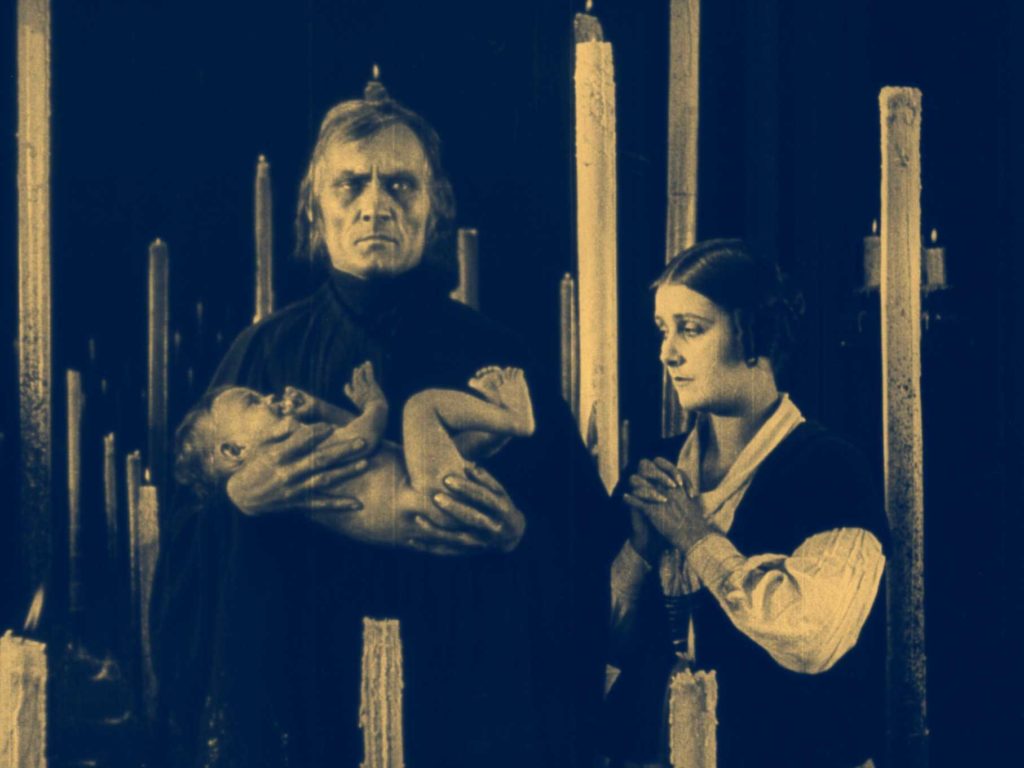
The Phantom Carriage (Victor Sjöström, 1921)
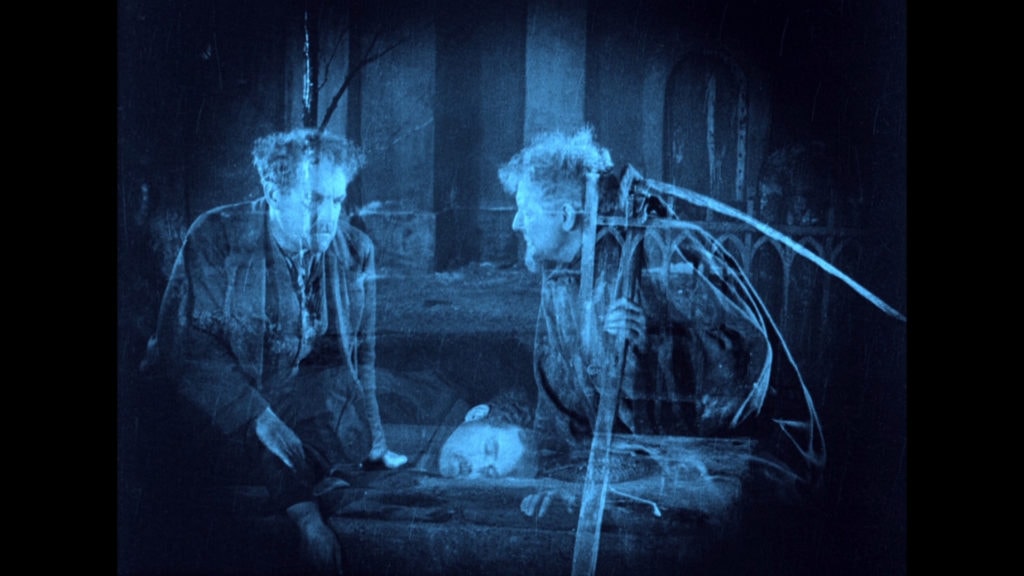
La Roue (Abel Gance, 1923)
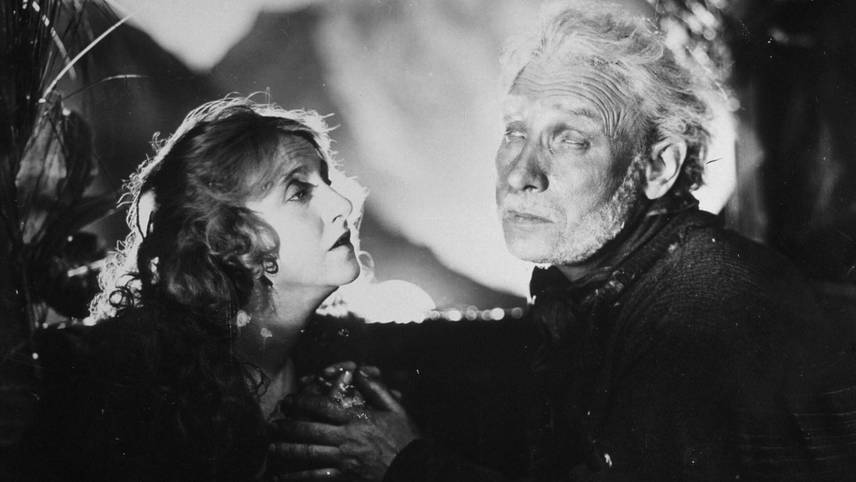
L’Inhumaine (Marcel L’Herbier, 1924)
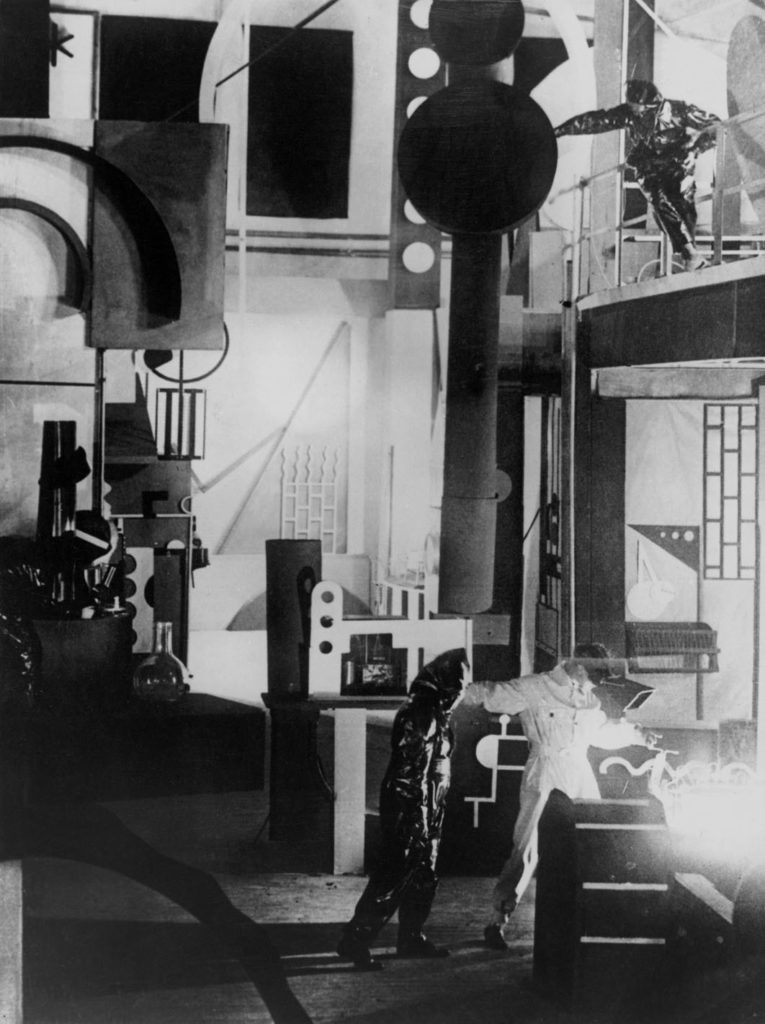
Waxworks (Paul Leni, Leo Birinski, 1924)
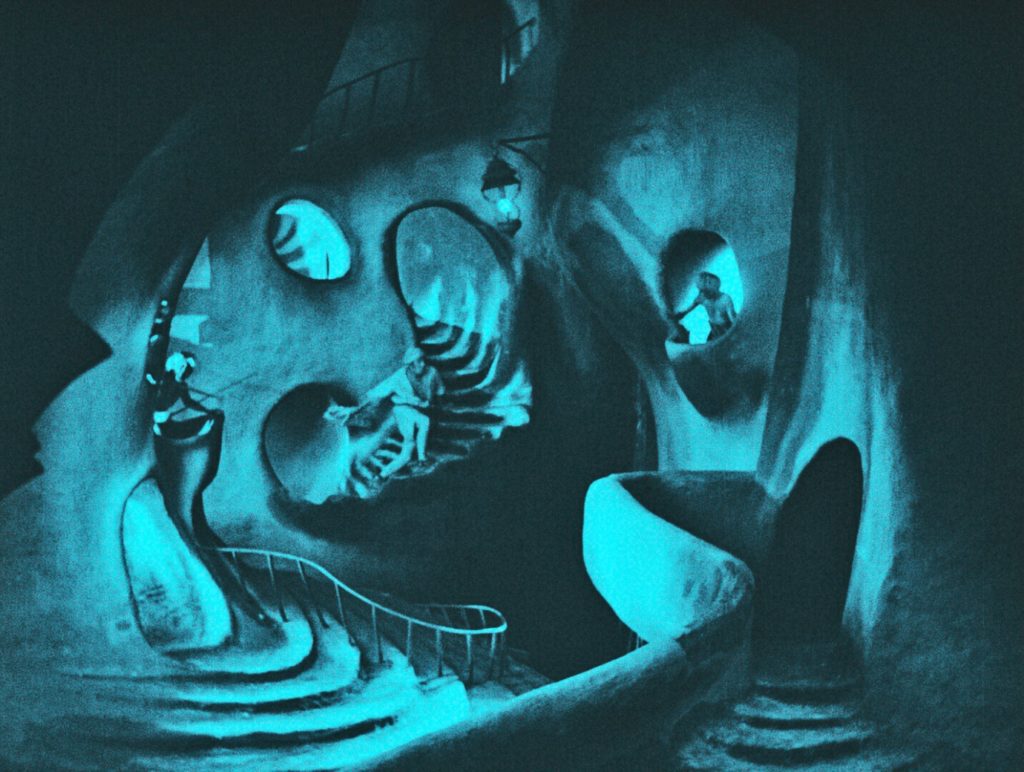
Whirlpool of Fate (Jean Renoir, 1925)

A Page of Madness (Teinosuke Kinugasa, 1926)
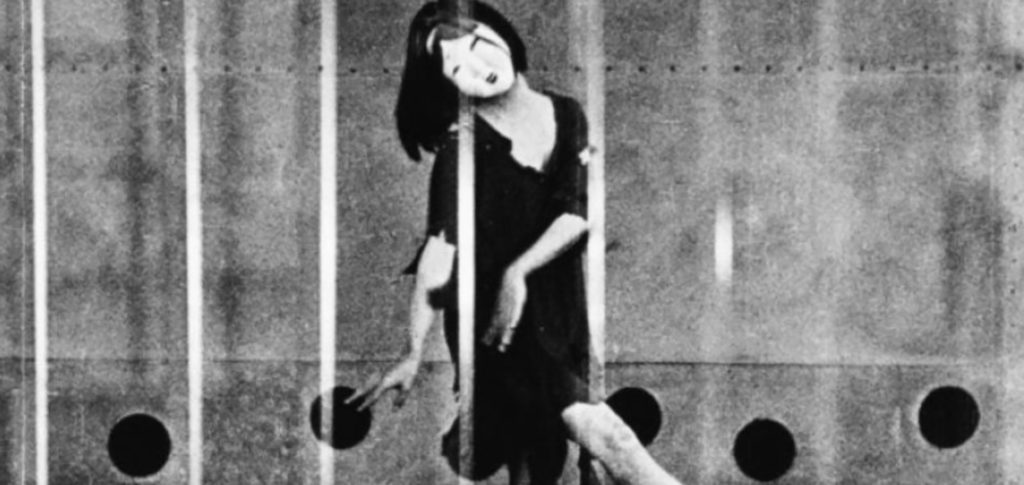
Faust (F.W. Murnau, 1926)
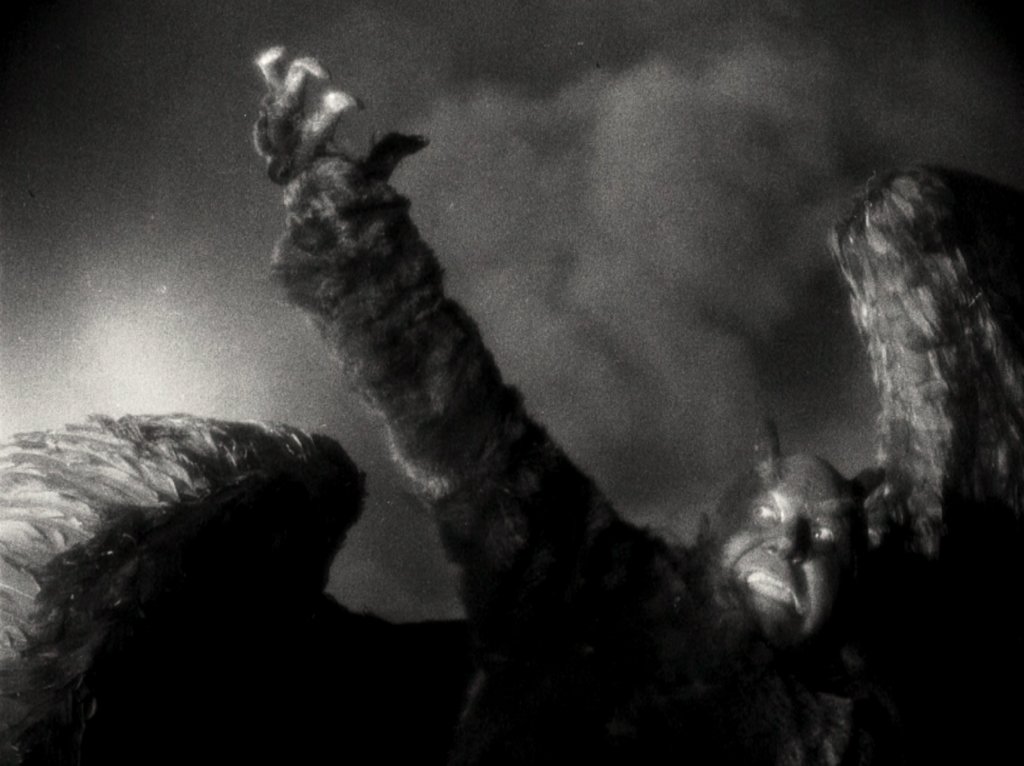
The Unknown (Tod Browning, 1927)
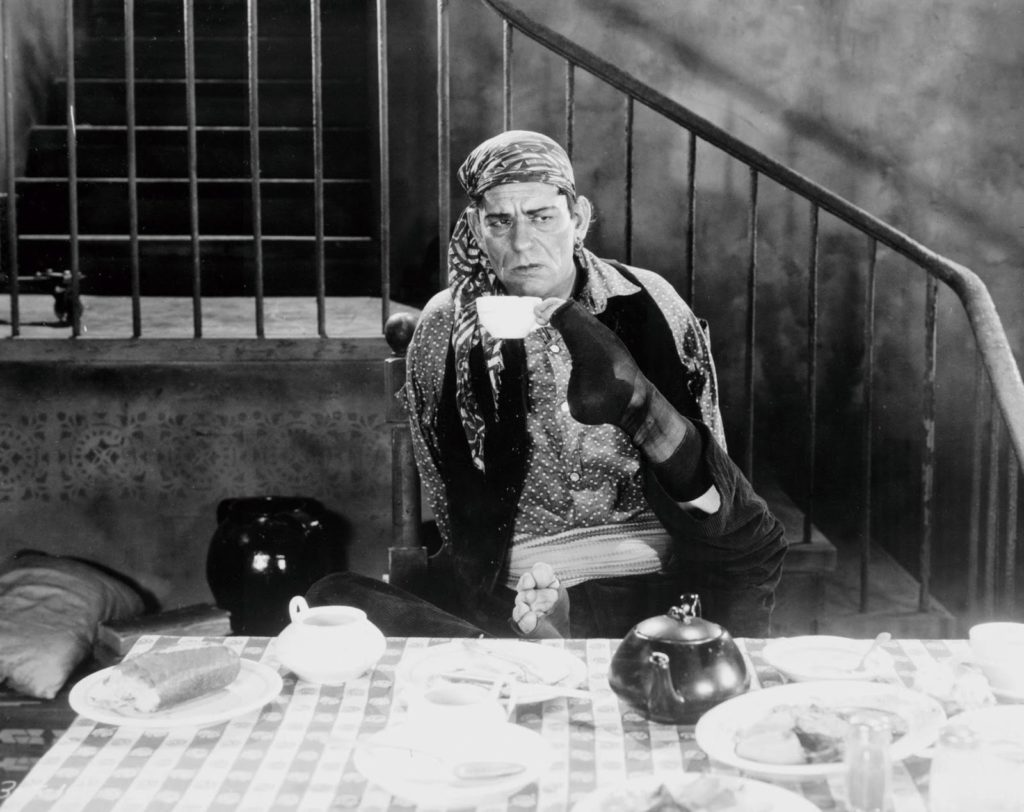
The Seashell and the Clergyman (Germaine Dulac, 1928)

The Fall of the House of Usher (Jean Epstein, 1928)
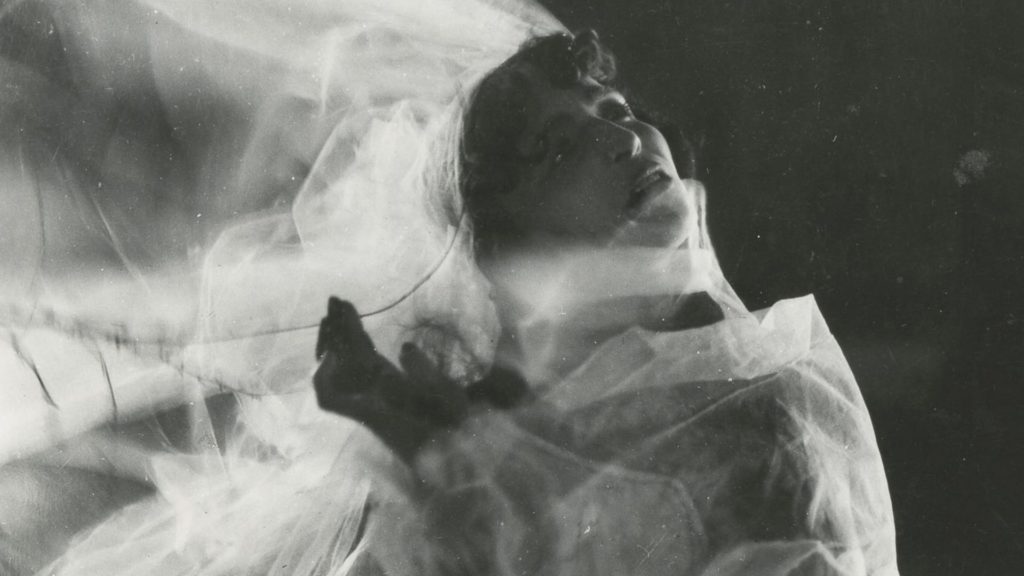
L’Etoile de Mer (Man Ray, 1928)
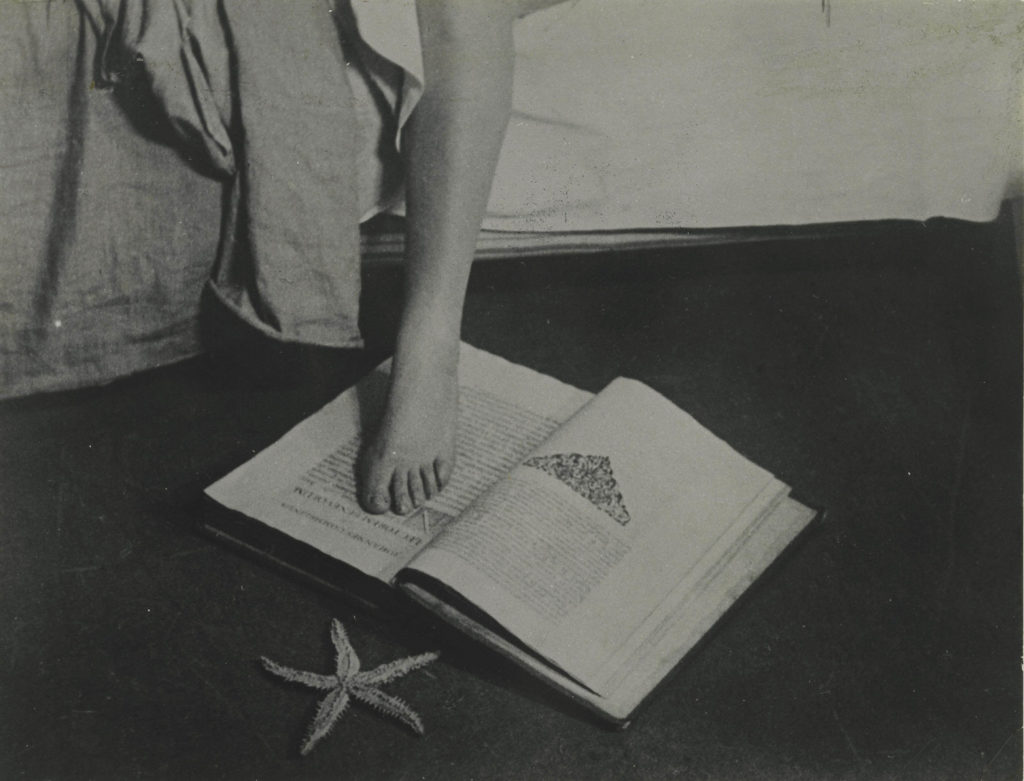
Zvenigora (Alexander Dovzhenko, 1928)
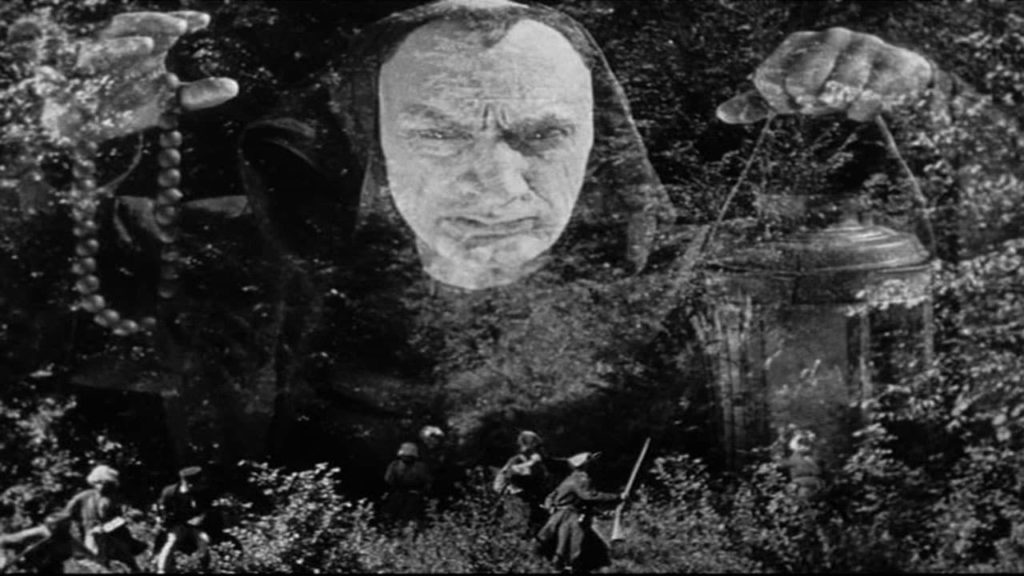
Un Chien Andalou (Luis Buñuel, 1929)
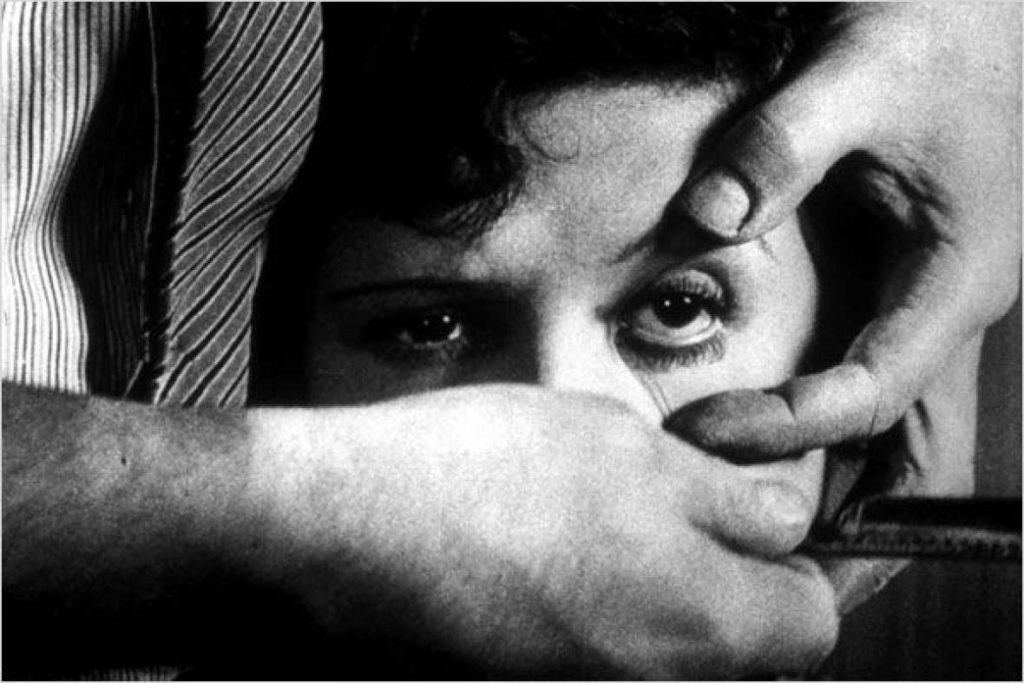
The Pearl ( Henri D’Ursel, 1929)
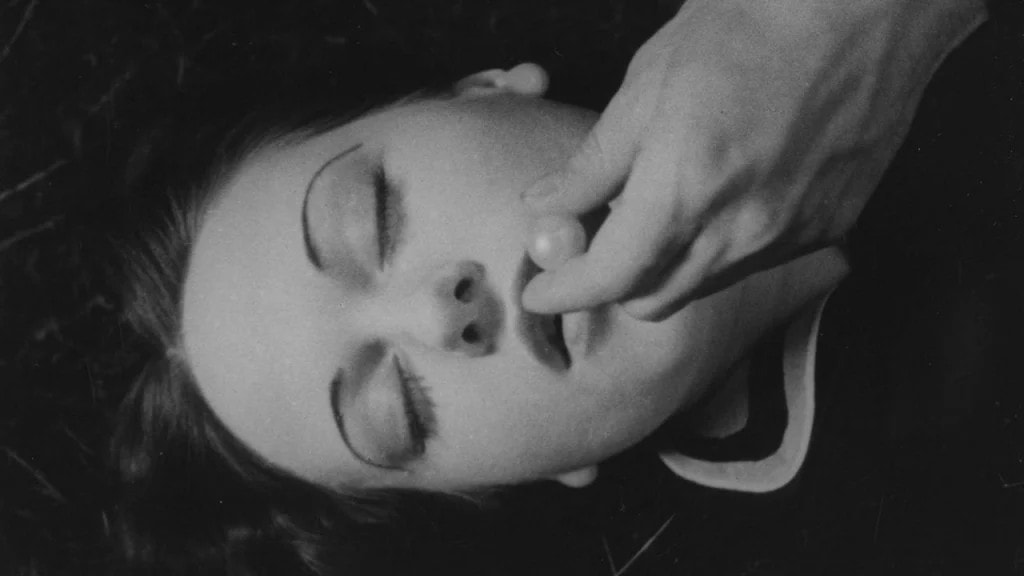
Explore our full ‘Dream Logic’ season here!